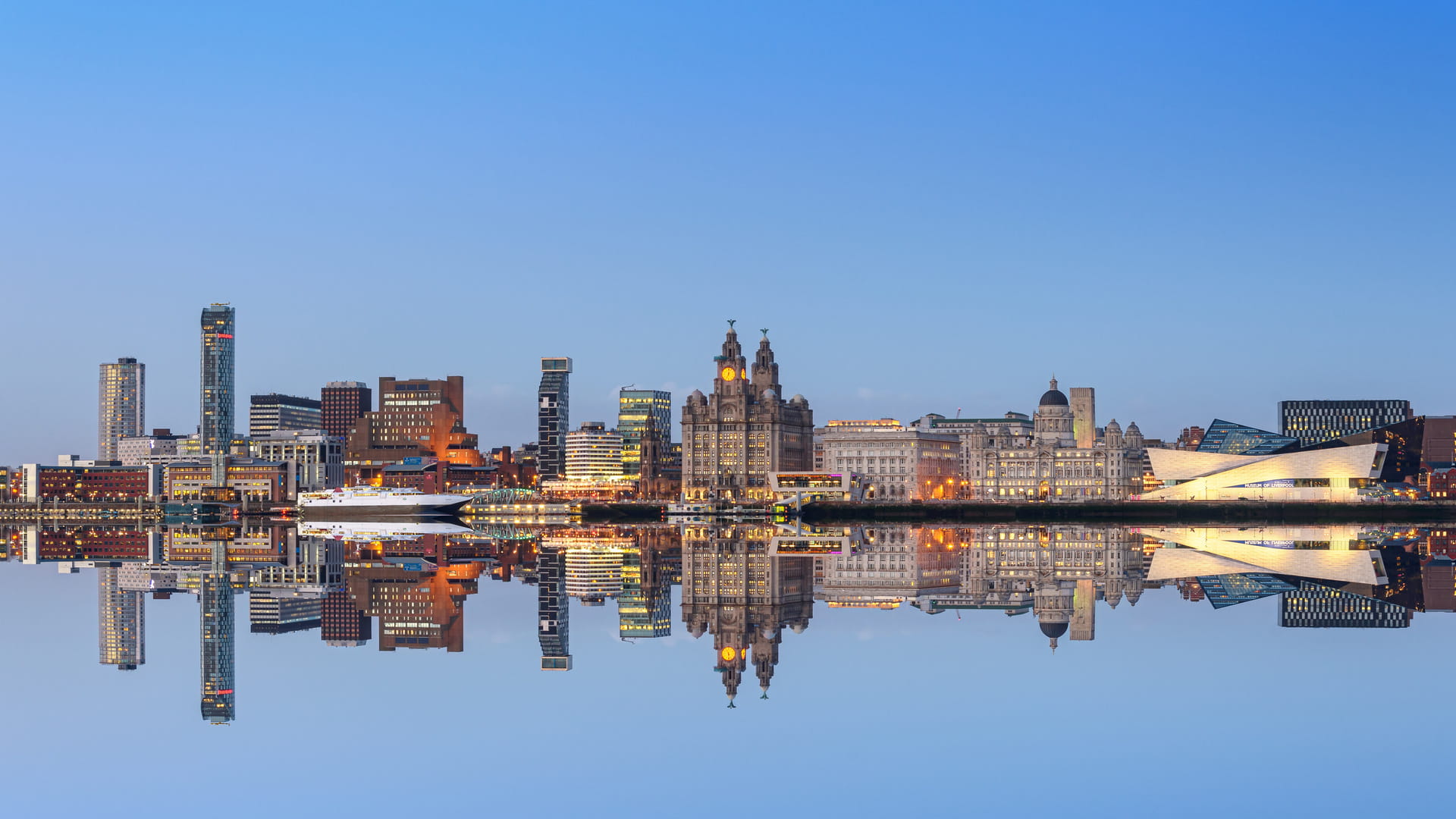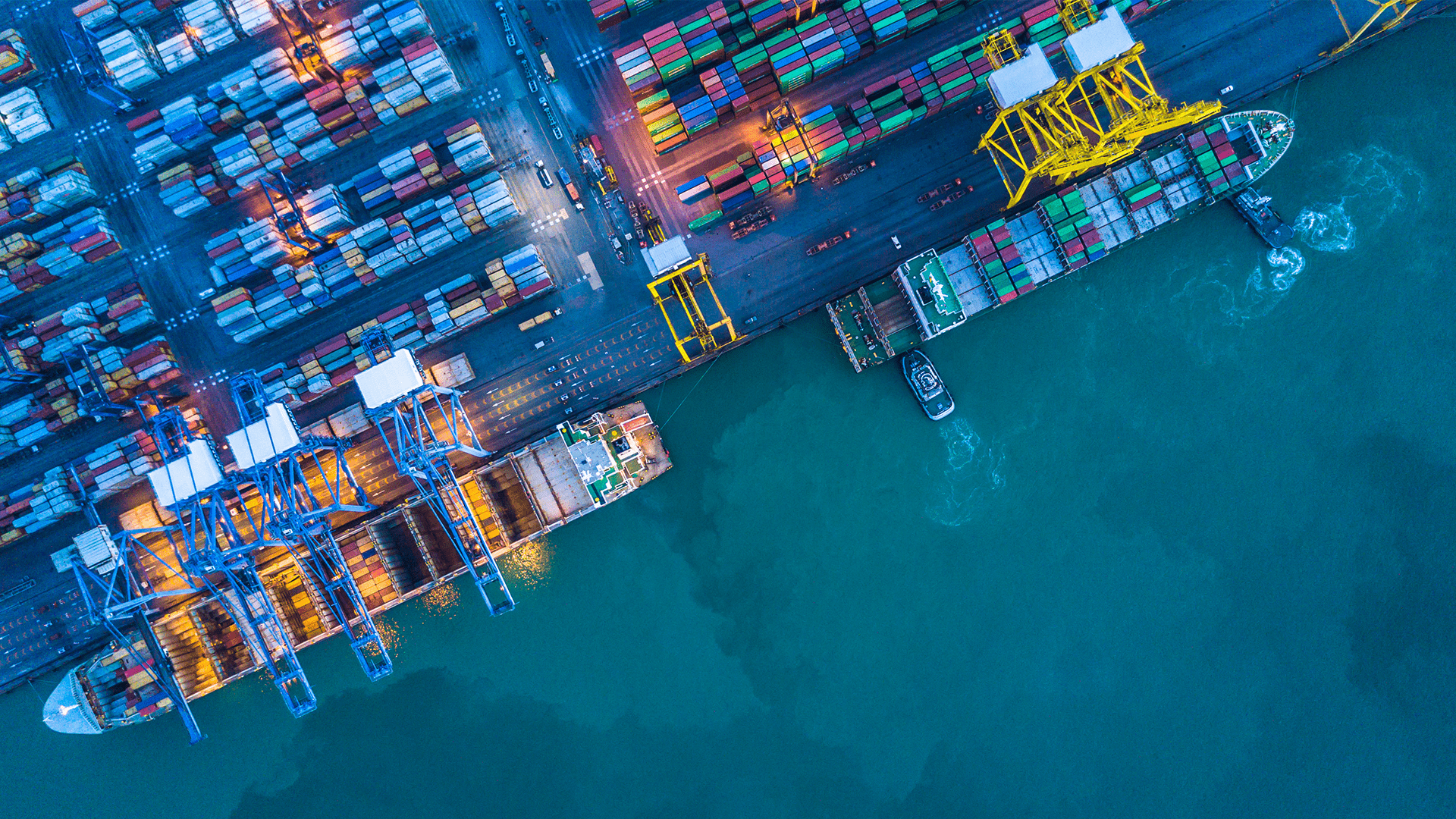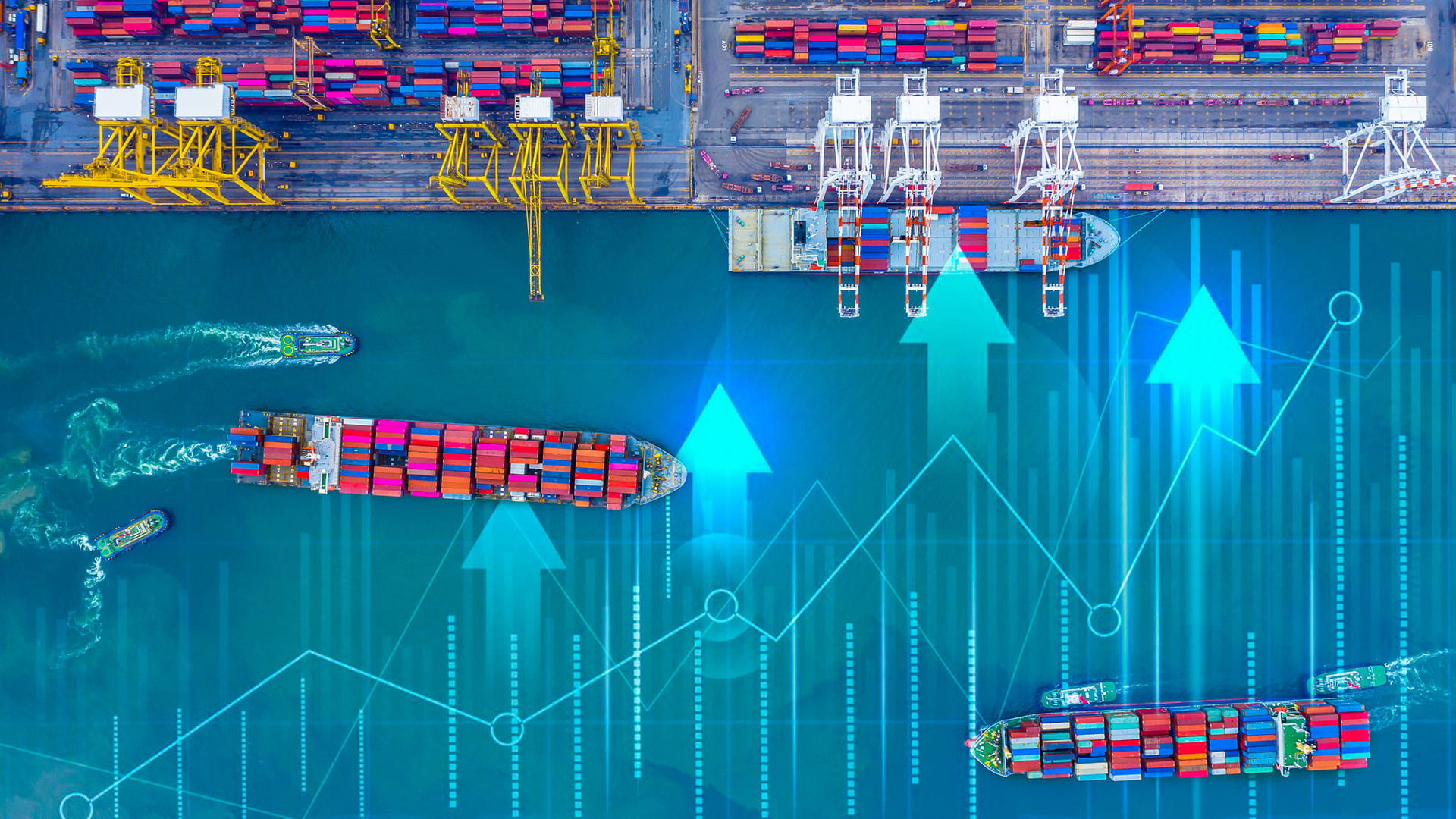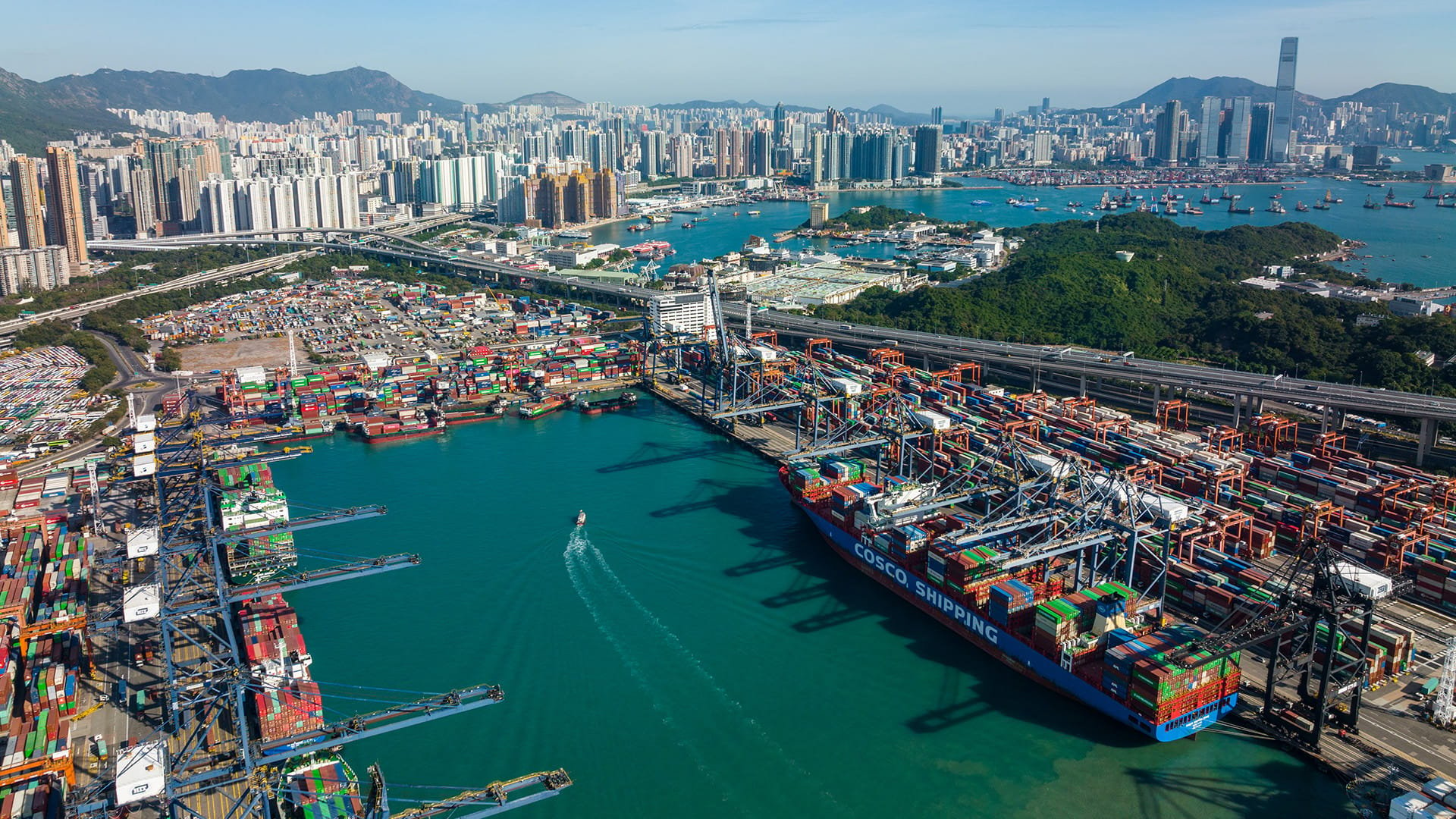Mersey river transport re-imagined

On the 23rd of June, at the Mersey Maritime Exchange event in Liverpool, UK we presented our study in collaboration with Connected Places Catapult and Mersey Maritime. Together, we’re re-imagining river-centric transportation in the Mersey area from three different user perspectives: passenger, tourist, and freight.
Collaboration: the key to delivering regional solutions
At Royal HaskoningDHV, we’ve considered how one of the Liverpool City Region’s greatest historic assets, the waterways and river, could be better integrated into its transport system, supported by new and existing technologies.We believe in taking an integrated approach, looking at our clients’ challenges through a holistic lens and working in partnership to develop a solution that works for everyone. So we gathered input from numerous stakeholders from around the region – building on our own expertise and innovation in the maritime industry.
Our resulting study illustrates how the right technology, infrastructure, and collaboration, can unlock new opportunities.
Moving on the Mersey – from three important perspectives
Over the course of our study, we found ways to enhance three user journeys:
- Passenger: Creating a connected river-based journey between Wirral Waters and workplaces in Liverpool.
- Tourist: Using the enclosed northern docks waterway as an attraction and sustainable transport asset for Liverpool, with a zero-emission foot passenger and cycle waterbus service.
- Freight: Linking the North West to the rest of the world with the Liverpool City Region Freeport and the renaissance of its historic inland waterway assets.
And these user journeys are just a starting point. We’ve also suggested next steps for pilot projects and studies to start unlocking future opportunities across the region.
Joining the dots to find solutions that work for all
We wanted to understand the key strengths of existing plans for the Liverpool City Region, to know how to get the most out of future projects. These included:
- Redevelopment plans in progress
- Existing strengths and key skills within the region
- Objectives and aspirations of existing transport plans and policies
- Existing and planned initiatives linked to energy transition
- The unique value offered by Liverpool’s heritage and waterfront assets
And we asked stakeholders what they would like the future of transportation on the river to look like, to help us deliver the most value from each user perspective. Some of the recurring messages included:
- Clean river-based transportation, building on the region’s burgeoning renewable energy coastline
- A means of reducing traffic and congestion
- An integrated, flexible, affordable, reliable, and inclusive public transport system
- A system that supports job growth and skill development – and takes advantage of the unique waterfront panorama
Some of the main points raised by local stakeholders ranged from a lack connectivity to making the most of Freeport status. And we’ve created our user journeys with these challenges and opportunities at their heart.
Sustainable and integrated transport for the Mersey
In 2019, the UK Government laid out a 30-year vision for the maritime industry – Maritime 2050. It focused on the potential of technology to improve the efficiency, sustainability, and resilience of UK ports and shipping.
Since then, there has been a surge of activity with announcement of eight Freeports, the signing of the Clydebank Declaration at COP 26, and the Clean Maritime Demonstration Competition now entering its second phase. These initiatives have plenty in common:
- Digitalisation and the use of technology
- Transition to Net Zero Carbon
- Supply chain integration and connectivity
- Regional regeneration and skill development
We’re following these same principles as we re-imagine transportation in Liverpool. So we can enhance the experience of passengers, tourists, and freight for an exciting and bright future.
User journey report





